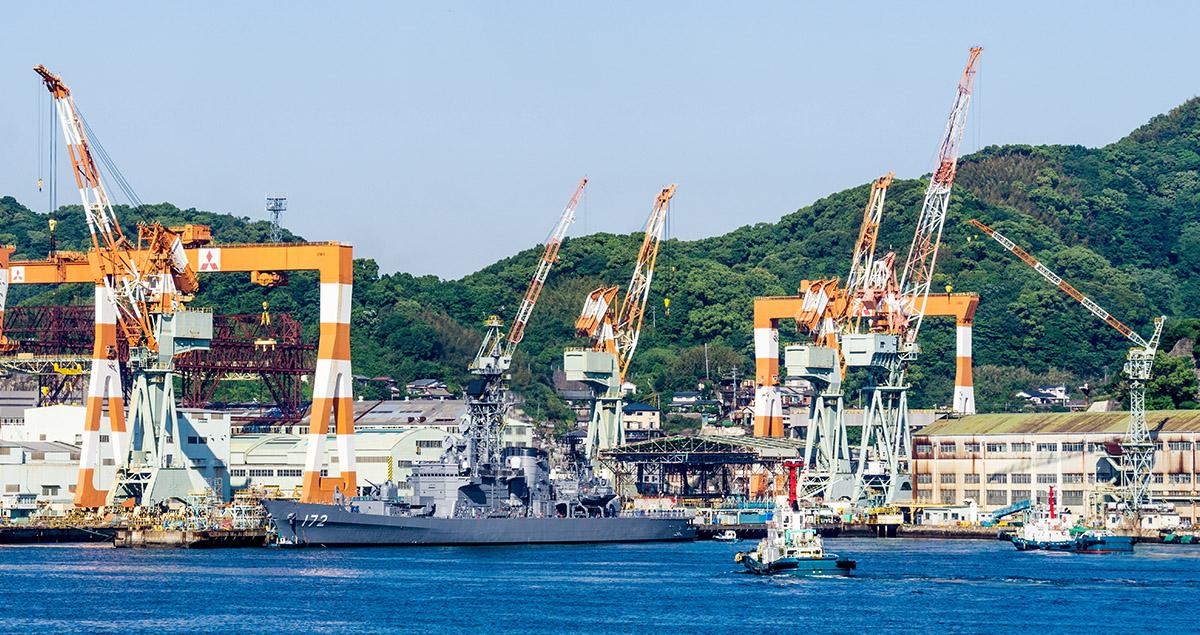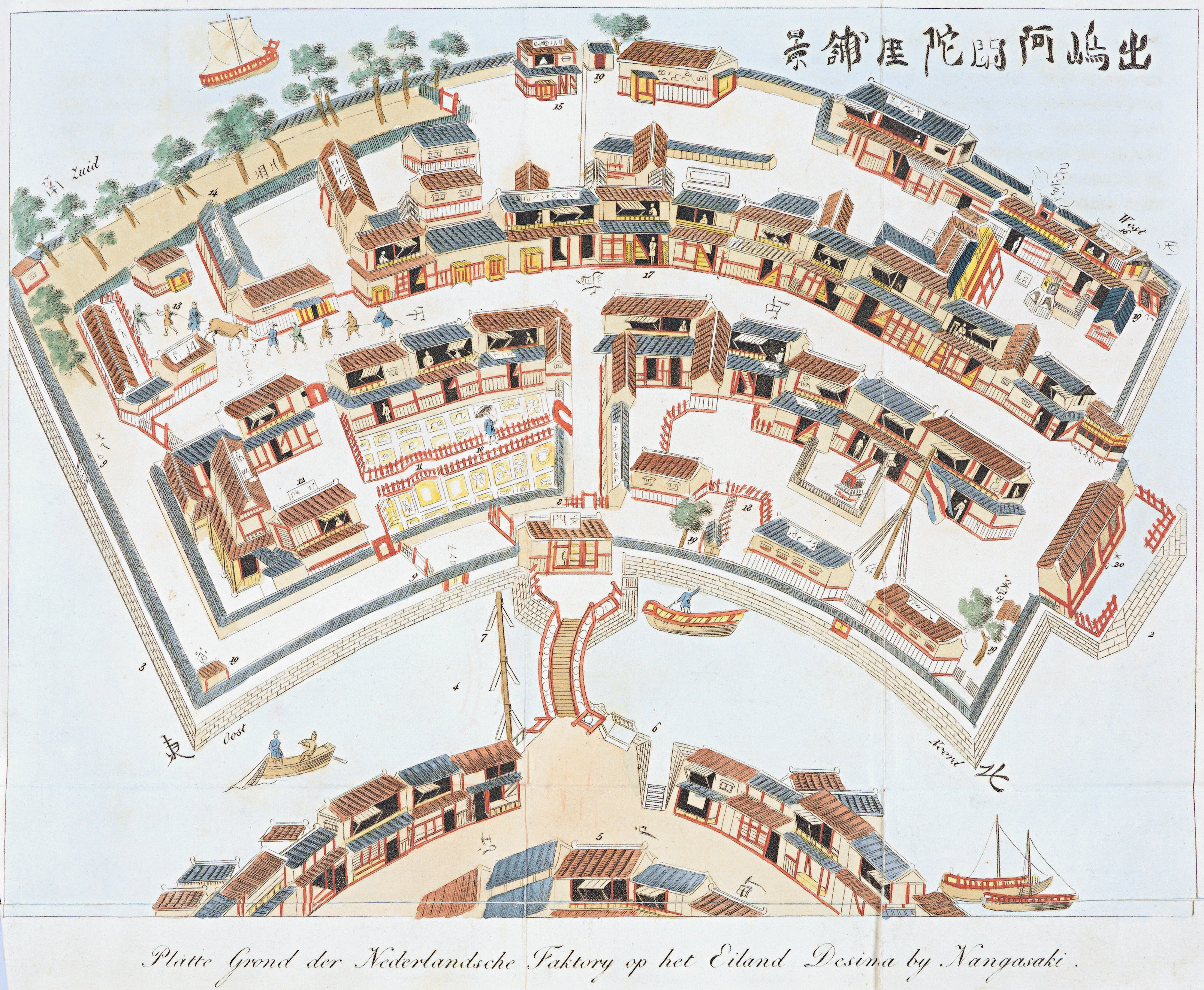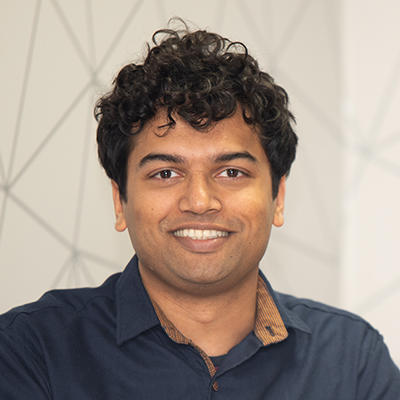Why Japanese doctors speak Dutch

If you ever happen to find yourself in a Japanese hospital, you might hear a surgeon call a scalpel a mesu, or a nurse mention the moruhine she is giving to a patient for pain relief.
Both words – and many other Japanese terms - have their origin in the Dutch language.
This linguistic link reveals the deep-rooted history of collaboration and trade between the Netherlands and Japan, despite both being relatively small nations on opposite sides of the planet.
There are many other present-day examples which demonstrate how the historical ties between the two nations have survived to this day.
For example, the shipyard at Nagasaki, a center of shipbuilding in Japan, was built by Dutch engineers and located on what was originally a small Dutch enclave.
While over in the Netherlands, Mitsubishi Heavy Industries (MHI) Group operates a facility in Almere, which makes turbochargers and forklifts, relying on Japanese methods of workplace organization.
Trading partners
It all began in 1600, when the Dutch ship Liefde sailed into modern day Usuki on the southern Island of Kyushu.
Impressed by the foreigners’ advanced knowledge of seafaring, Japan’s military leader gave the sailors the right to trade with the local Japanese population.
For a period of more than 200 years, from the mid-17th to the mid-19th century, the Dutch were the only Western nation allowed to trade with Japan – which had otherwise closed itself off to foreign trade.
The Japanese authorities had become increasingly distrustful of foreign influence, partly because of the work of Portuguese missionaries to convert people to Christianity, and expelled many other foreigners apart from the Dutch.
And so began the special relationship between Japan and the Netherlands. The two countries benefitted greatly from each other during this period. The Dutch received exclusive access to high quality Japanese silk, lacquerware and metals, while the Japanese were exposed to the latest advances in western knowledge.
The Dutch offered specialized assistance in shipbuilding, military science, medicine and civil engineers with many Dutch engineers helping to build ports, canals, riverbank improvements and dams throughout Japan.
Although the Dutch were allowed to stay, they were kept on the artificial island of Dejima, off the coast of Nagasaki in order to minimize contact with the native population.
It was here that the construction of the shipyard in Nagasaki was initiated in 1857, led by a group of Dutch engineers. Later, MHI started to lease this area from the Japanese government before it was eventually renamed the Nagasaki Shipyard and Machinery Works.
Today, the Nagasaki Shipyard and Machinery Works continues to build both commercial and naval ships. And the 150 years of accumulated technological expertise has also led to the construction of high-efficiency power generating plants and the development of next-generation energy sources such as fuel cells.

The best of both worlds
The special relationship between Japan and the Netherlands is still visible in many other ways.
At the Almere plant in West Holland, the factory’s multicultural roots means it has a strong focus on diversity, cooperation, mutual understanding and a continued emphasis on learning from what is done all over the world.
This Dutch spirit of adopting global best practices is coupled with the Japanese focus on quality. The plant also adopts the Japanese philosophy of continuous improvement and innovation – a profound attention on creating incremental and steady technological progress to gradually improve society.
For example, the turbocharger production combines innovative automated production with Japanese precision and attention to detail. Through a rigorous testing process, production line errors can be caught immediately, avoiding faulty products from being shipped.
Blended cultures
It may be 300 years since the Dutch had their own special place on Dejima Island, but the same spirit of cooperation and collaboration is alive and well.
Today, Japanese and Dutch colleagues in Almere are exchanging new ideas, working together and solving problems over a cup of coffee.
But it is unlikely that everyone is aware that the Japanese word “kōhī” is derived from the Dutch word “koffie” – or why that should be so.





